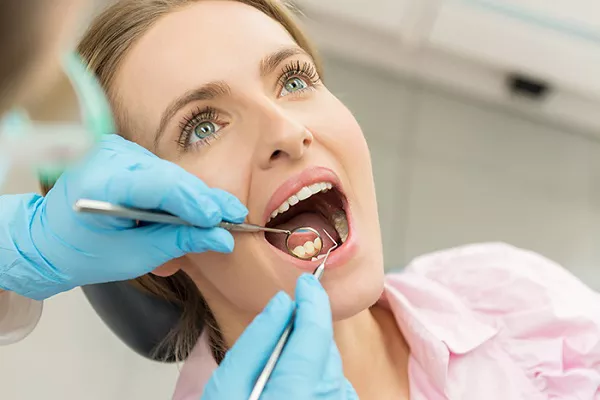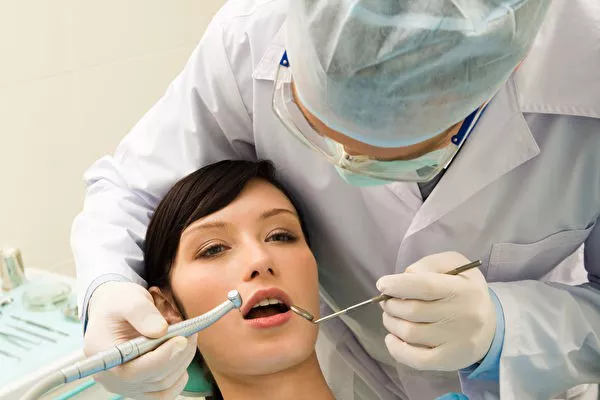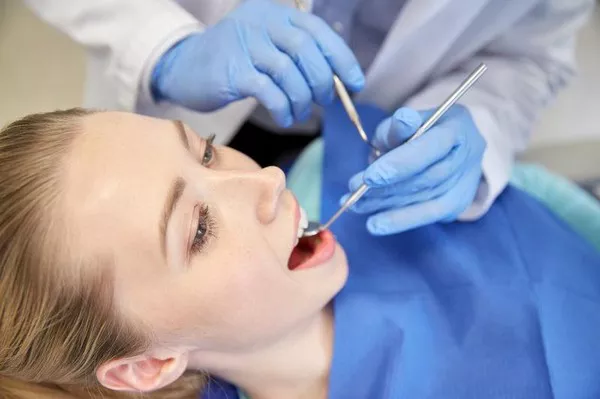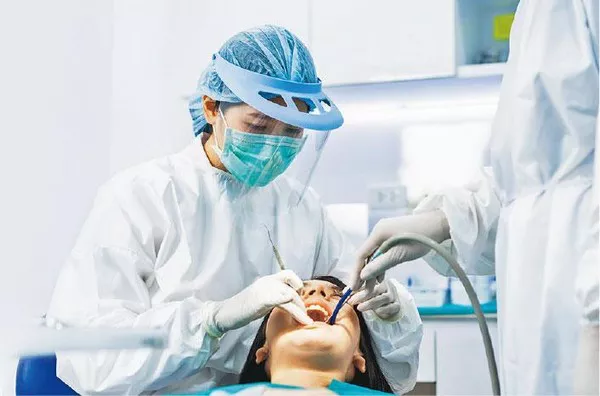Self-ligating brackets have become a popular choice in orthodontic treatment due to their effectiveness and efficiency in aligning teeth. However, there may come a time when it becomes necessary to remove these brackets. While the removal process should typically be carried out by a trained orthodontist, there may be situations where you need to remove self-ligating brackets at home, such as during an orthodontic emergency. In this comprehensive guide, we will explore how to remove self-ligating brackets safely and provide essential information about these orthodontic devices.
Understanding Self-Ligating Brackets
Self-ligating brackets are a type of orthodontic bracket designed to hold archwires in place without the need for traditional ligatures (elastics or metal ties). They feature a built-in mechanism that secures the archwire, reducing friction and allowing for smoother and more efficient tooth movement. Self-ligating brackets are available in various styles and materials, including metal and ceramic, and are known for their versatility and effectiveness in orthodontic treatment.
When Should Self-Ligating Brackets Be Removed?
The removal of self-ligating brackets is typically carried out by a qualified orthodontist at the conclusion of your orthodontic treatment. The timing of bracket removal is determined by your orthodontist, and it usually occurs when the desired tooth alignment and bite correction have been achieved. This final step involves carefully detaching the brackets from your teeth and may be followed by the placement of retainers to maintain the newly aligned teeth.
However, there are circumstances where self-ligating brackets may need to be temporarily removed or adjusted:
Orthodontic Emergencies: In the case of an orthodontic emergency, such as a broken bracket or a loose wire, you may need to remove or adjust a bracket at home temporarily to alleviate discomfort and prevent further issues. It is essential to contact your orthodontist for guidance in such situations.
Bracket Replacement: Occasionally, a bracket may become damaged or dislodged and need to be replaced during the course of treatment. In such cases, your orthodontist will perform the necessary adjustments and bracket replacements as needed.
How to Remove Self-Ligating Brackets at Home (Emergency Situations)
It’s important to emphasize that attempting to remove self-ligating brackets at home should only be done in cases of orthodontic emergencies and under the guidance of your orthodontist. If you experience severe pain, bleeding, or any complications during the process, stop immediately and seek professional assistance. Here’s a step-by-step guide on how to remove self-ligating brackets at home in emergency situations:
Materials Needed:
Dental floss or a dental ligature tool (provided by your orthodontist).
Dental mirror (optional).
Tweezers (optional).
Orthodontic wax (optional, for temporary relief of irritation).
Step 1: Prepare Your Workspace:
Ensure you are working in a well-lit area.
Wash your hands thoroughly with soap and water.
Step 2: Examine the Bracket:
Use a dental mirror (if available) to carefully inspect the bracket and assess the issue. Note any damage or irregularities.
Step 3: Gather Materials:
Have dental floss or the dental ligature tool, tweezers, and orthodontic wax ready.
Step 4: Detach the Archwire:
If the bracket is causing discomfort or is loose, you may need to release the archwire from the bracket. This can typically be done by sliding dental floss or the dental ligature tool under the archwire and gently pushing it out of the bracket slot.
Step 5: Remove the Bracket (if necessary):
If the bracket is damaged, severely loose, or causing significant discomfort, you can attempt to remove it. Using tweezers, gently grasp the bracket on the side facing away from your tooth. Apply slow and steady pressure while angling the bracket away from your tooth. Be cautious not to apply excessive force or damage the tooth surface.
Step 6: Seek Professional Assistance:
After removing the bracket or addressing the immediate issue, contact your orthodontist as soon as possible to discuss the situation and schedule a follow-up appointment.
Step 7: Temporary Relief:
If you experience any discomfort or irritation after removing the bracket, you can apply a small amount of orthodontic wax to the affected area to provide temporary relief.
Conclusion
Removing self-ligating brackets should ideally be performed by a qualified orthodontist at the appropriate stage of your orthodontic treatment. However, in emergency situations, you may need to temporarily address bracket issues at home following the guidance provided above. Always exercise caution and seek professional assistance if you encounter complications or severe discomfort during the process. Orthodontic emergencies should be promptly addressed to ensure the continuity of your orthodontic treatment and the well-being of your oral health.
Related Topics:






























